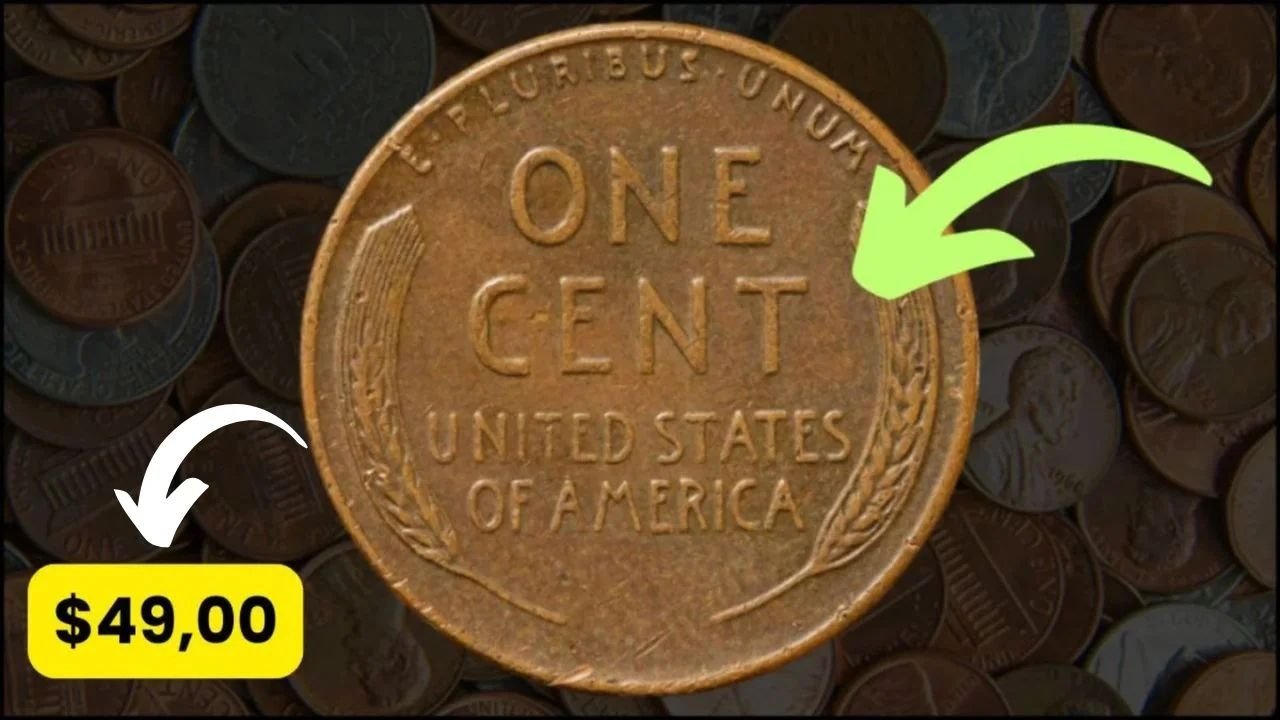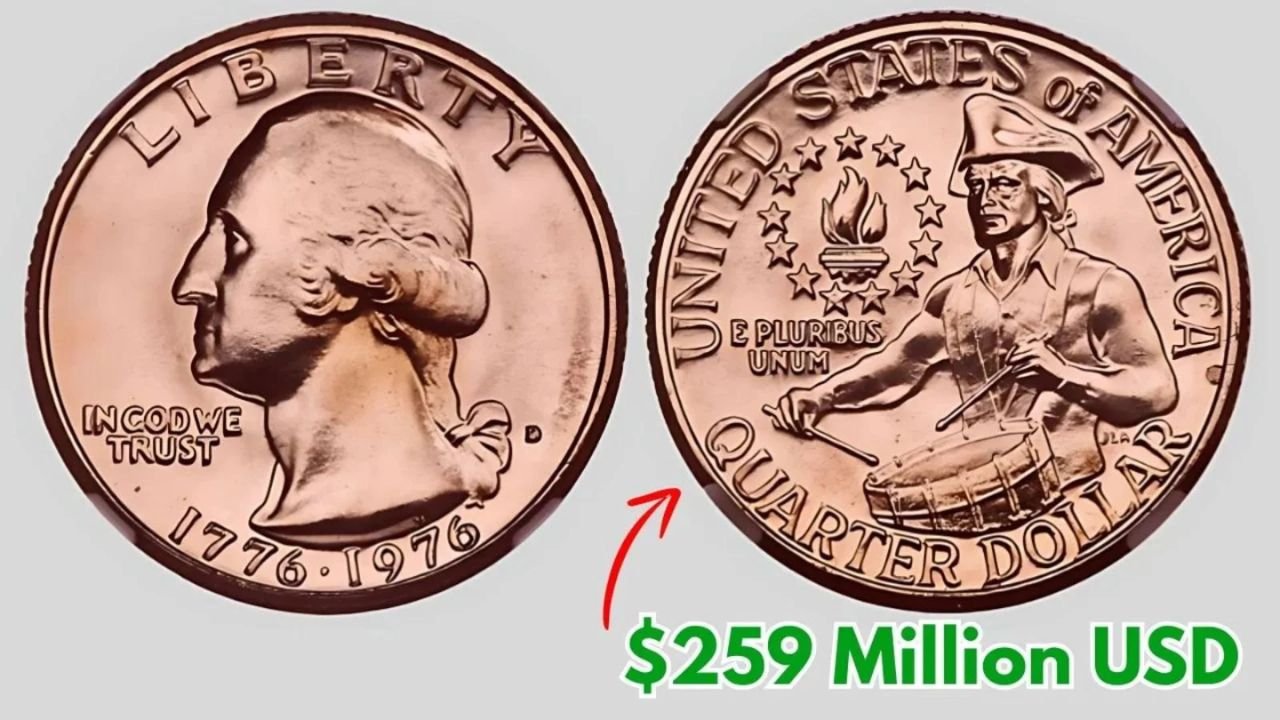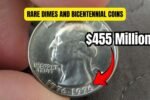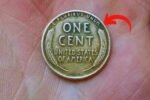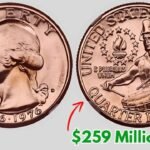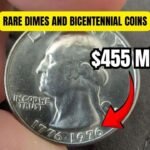In the world of coin collecting, few coins stir up as much fascination and excitement as the Lincoln Wheat Penny. Collectors across the United States—and even casual observers—have long been captivated by stories of rare coins surfacing in everyday pocket change. But is there truth to the claim that a Lincoln Wheat Penny worth $49,000 is still floating around in circulation? The short answer: yes, but with some very important caveats.
This article explores the rich history of the Lincoln Wheat Penny, the types that are worth a small fortune, what to look for, and how you might just stumble across one of these hidden treasures.
A Look Back: The History of the Lincoln Wheat Penny
The Lincoln Wheat Penny, also known as the “Wheat Cent,” was first introduced in 1909. It holds a special place in U.S. history as the first coin to feature an actual person—President Abraham Lincoln—on its obverse (front) side. This was done to honor the centennial of Lincoln’s birth. The reverse side was designed by Victor D. Brenner and features two simple wheat stalks on either side, representing prosperity and agriculture.
The Lincoln Wheat Penny remained in production until 1958, after which the U.S. Mint switched the reverse design to the Lincoln Memorial, marking a new era in coinage. But the decades between 1909 and 1958 produced a wide range of coins—some incredibly common and others astoundingly rare.
What Makes a Lincoln Wheat Penny Worth $49,000?
Now, you might be wondering: what separates a common Lincoln Wheat Penny from one valued at $49,000 or more? The answer lies in minting errors, rarity, and historical significance. Let’s dive into a few of the most valuable and sought-after examples:
▸ 1943 Copper Penny
This is perhaps the holy grail of Lincoln cents. In 1943, due to the need for copper during World War II, the U.S. Mint produced pennies using zinc-coated steel. However, a small number of 1943 pennies were accidentally struck in copper. These error coins are exceedingly rare.
A genuine 1943 Lincoln Wheat Penny struck in copper can fetch between $49,000 and $250,000, depending on its condition and grade. A few examples have sold at auctions for even higher amounts. To identify one, check if it’s not magnetic—steel cents will stick to a magnet, but copper ones won’t.
▸ 1955 Double Die Penny
Another legendary error is the 1955 Double Die Lincoln Wheat Penny. This coin features a distinct doubling of the date and the inscription “IN GOD WE TRUST” and “LIBERTY.” High-grade versions of this coin can sell for $20,000 to $50,000 and are always in demand among serious collectors.
▸ 1909-S VDB Penny
When the Lincoln Wheat Penny was first issued in 1909, some pennies bore the initials “V.D.B.” of the designer, Victor D. Brenner. But controversy over the prominence of the initials led the Mint to remove them quickly. Only 484,000 coins were minted at the San Francisco Mint with these initials, making the 1909-S VDB penny one of the most collectible Lincoln cents ever made. Values vary, but pristine coins can be worth several thousand dollars, and in top condition, they can reach prices well above $49,000.
▸ Other Key Dates
Other valuable Lincoln Wheat Pennies include:
- 1914-D – Rare due to its low mintage from the Denver Mint.
- 1922 “No D” Penny – Missing its mint mark due to a filled die.
- 1931-S – One of the lowest mintages of any Wheat Penny.
Also Read – Fortuner New Model 2025: Hybrid Power, Bold Design & Premium Comfort for Indian Roads
Are Lincoln Wheat Pennies Still in Circulation?
Surprisingly, yes. While Lincoln Wheat Pennies stopped being produced in 1958, they were never removed from legal tender. That means, in theory, you could still receive one in your change today.
That said, the odds are incredibly slim. Most banks and coin sorting machines have long since filtered out the majority of Wheat Pennies. However, millions of them were produced, and many ended up stashed away in coffee cans, drawers, or passed down through generations.
Estate sales, garage sales, or forgotten collections in your grandparents’ attic could easily contain valuable examples of the Lincoln Wheat Penny, just waiting to be rediscovered.
What to Look for in Your Spare Change
Curious if you might be holding onto a small fortune? Here’s what to look for when checking your old coins or pocket change:
1. Date and Mint Mark
Look for key dates such as:
- 1909-S VDB
- 1914-D
- 1931-S
These are among the most collectible Lincoln Wheat Pennies.
2. Unusual Materials
As mentioned earlier, 1943 Lincoln Wheat Pennies made from copper instead of steel are extremely rare. If your 1943 penny doesn’t stick to a magnet, it could be worth thousands.
3. Double Die Errors
Check coins from 1955 carefully. Look at the date and inscriptions under magnification. If you see a clear doubling of letters and numbers, you might have a 1955 Double Die worth thousands.
4. Condition Matters
Coins in uncirculated or mint condition are far more valuable than worn ones. Even common-date Lincoln Wheat Pennies in exceptional condition can fetch premiums from collectors.
Could You Really Find a $49,000 Penny?
While the likelihood is low, it’s not zero. The thrill of the hunt is part of what keeps coin collectors so passionate about their hobby. Every so often, headlines emerge about someone who unknowingly spent years holding onto a fortune in a jar of change.
Stories like the discovery of a Roosevelt Dime worth $2.8 million, or a Bicentennial Quarter valued at $2.1 million, continue to fuel the belief that rare treasures still exist in everyday currency.
So yes, it is entirely possible—though highly unlikely—that you could stumble across a Lincoln Wheat Penny worth $49,000 or more. And even if you don’t, the process of learning and hunting can be surprisingly fun and rewarding.
Tips for Beginners in Coin Collecting
If you’re inspired to start your own coin search or collection, here are a few helpful tips:
- Start Small: Focus on learning about the Lincoln Wheat Penny and other common U.S. coins before moving on to rare foreign coins.
- Use a Magnifying Glass: Error coins can be hard to spot without one.
- Join Online Communities: Coin forums and social media groups are full of experts who can help identify and appraise your finds.
- Handle with Care: Use gloves or hold coins by the edges to avoid damaging them.
- Get a Coin Appraisal: If you think you’ve found a valuable Lincoln Wheat Penny, have it examined by a professional grading service like PCGS or NGC.
Final Thoughts
The enduring mystery and allure of the Lincoln Wheat Penny are undeniable. With its rich history, potential for significant value, and the small possibility that a rare version might be sitting unnoticed in your change jar, it continues to capture the imaginations of collectors and casual treasure hunters alike.
While most Lincoln Wheat Pennies are only worth a few cents, a handful are valued at $49,000 or more, depending on their rarity, errors, and condition. So before you toss your spare change into a vending machine or donate it to a coin jar, take a moment to check for dates, mint marks, and strange features.
Your next penny could be far more valuable than you think.
Disclaimer: Always consult with a professional coin grading or appraisal service to verify the authenticity and value of rare coins like the Lincoln Wheat Penny. Reputable organizations include the Professional Coin Grading Service (PCGS) and the Numismatic Guaranty Company (NGC).
Some Important Link
| Download News APP | Click Here |
| WhatsApp Group | Click Here |
| Home Page | Click Here |
